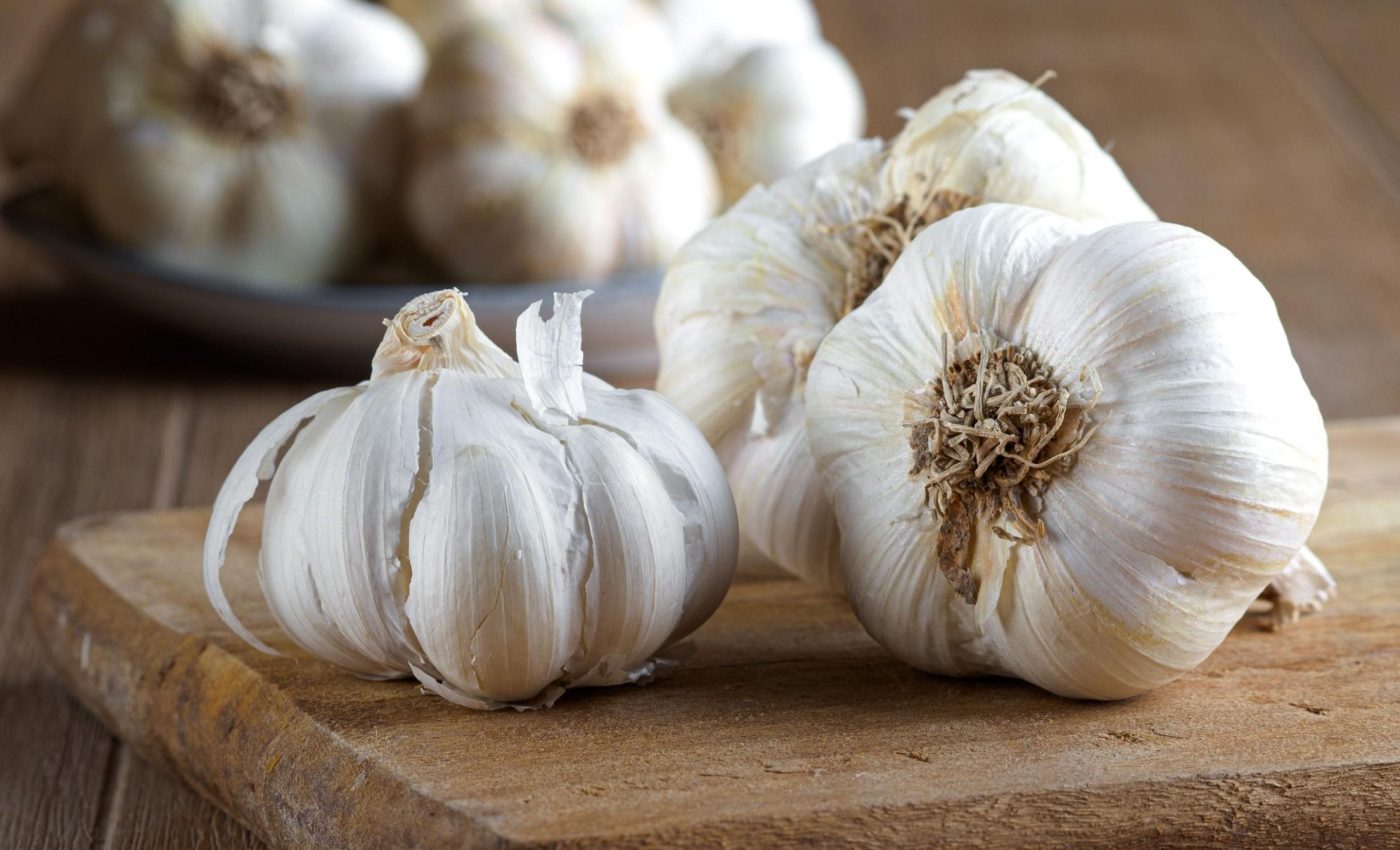
Garlic rinse may scrub out bacteria just as well as mouthwash
A new review suggests that garlic extract may rival one of dentistry’s most trusted antiseptics, chlorhexidine, raising the possibility that a kitchen staple could serve as a viable antimicrobial mouthwash.
Led by researchers at the University of Sharjah, the analysis suggests that while garlic-based rinses can feel harsher in the mouth, they may linger longer, delivering a stronger “residual” antimicrobial effect.
“Chlorhexidine is widely used as a gold-standard mouthwash but is associated with side effects and concerns over antimicrobial resistance,” the authors wrote.
“Garlic (Allium sativum), known for its natural antimicrobial properties, has emerged as a potential alternative.”
Inside the garlic evidence
The team ran a systematic review that followed PRISMA 2020 guidelines and framed its clinical questions with the PICO approach. They swept six databases in January 2024 and then hand-searched citations.
The experts reported that 402 studies were screened, but only five met all criteria after removing duplicates and exclusions.
Those five studies – randomized trials and clinical investigations with variable designs – generally showed a low-to-moderate risk of bias.
Higher-concentration garlic mouthwashes matched chlorhexidine, though results shifted with rinse strength and how long participants used them.
The results shifted with each study’s mouthwash concentration and duration. Some trials showed chlorhexidine was better at maintaining higher plaque and salivary pH.
Other studies favored garlic extract at specific concentrations. Garlic rinses, however, tended to cause more discomfort.
Where garlic mouthwash falls short
On tolerability, garlic wasn’t spotless. Reported downsides included a burning sensation and an unpleasant odor – both potential barriers to long-term use.
Still, the authors noted that these effects were typically milder than the well-known drawbacks of chemical antiseptics. Those include tooth staining, taste disturbances, and mucosal irritation with chlorhexidine.
Crucially, the microbial readouts moved in the right direction. The team identified “significant reductions in bacterial counts from baseline, suggesting the possible use of garlic extract mouthwash as a viable alternative to chlorhexidine in certain contexts.”
The power of oral rinses
Antimicrobial mouthwashes serve as essential adjuncts in oral care, targeting bacteria, fungi, and viruses that affect both hard and soft tissues, noted the researchers.
Clinicians use these rinses to treat gingivitis, caries, periodontal disease, halitosis, and other common oral conditions.
A reliable herbal alternative becomes valuable when chlorhexidine causes side effects, raises resistance concerns, or is hard to access.
Garlic’s special advantages
Garlic is already a heavy hitter outside the clinic. Research over decades has established its broad antibacterial and antifungal activity, much of it tied to allicin and related sulfur compounds.
And it’s everywhere: global consumption topped roughly 30 million metric tons in 2024, with China supplying nearly 80 percent of the world’s garlic. The garlic extract market alone surpassed $15 billion.
Over-the-counter garlic products are common, while synthetic agents such as chlorhexidine often require a prescription.
The review highlights a long list of in vitro and pilot clinical studies showing antimicrobial action against oral bacteria, fungi, and some viruses.
Investigators have also tested garlic in denture stomatitis, as a dentinal tubule disinfectant, and even as an intracanal medicament.
“These studies have contributed to understanding the antimicrobial role of garlic extract in comparison to synthetic agents like chlorhexidine,” the authors wrote.
Why more trials matter
Most studies are in vitro, vary widely in their methods, and lack clinical standardization. This creates a major evidence gap and highlights the need for further research to confirm garlic’s effectiveness in dental practice.
The review strengthens the case that concentrated garlic rinses can match chlorhexidine’s antimicrobial punch in some settings. They may come with more mouthfeel complaints, but they could also offer longer-lasting effects.
The authors call for larger, longer clinical trials to lock down dosing, safety, and effectiveness and to see where a garlicky rinse truly belongs in day-to-day dental care.
The study is published in the Journal of Herbal Medicine.
—–
Like what you read? Subscribe to our newsletter for engaging articles, exclusive content, and the latest updates.
Check us out on EarthSnap, a free app brought to you by Eric Ralls and Earth.com.
—–













